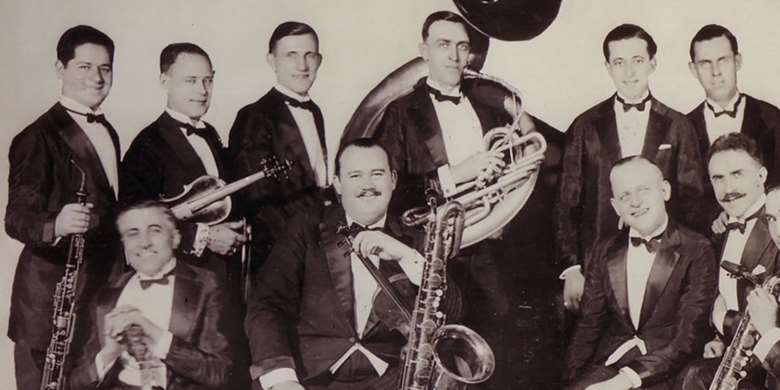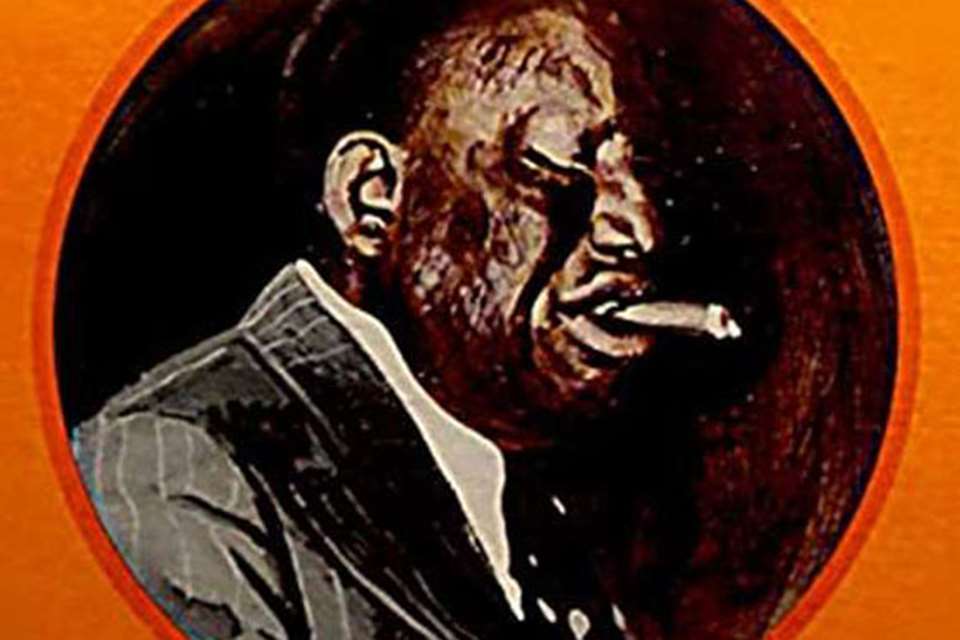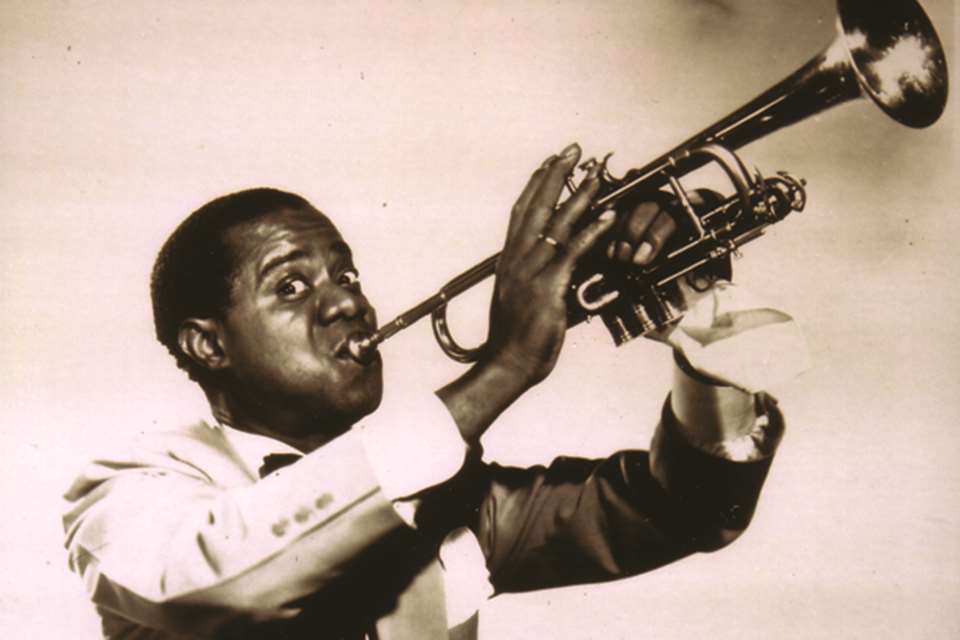The Concert ‘That Saved Jazz’: Paul Whiteman And The 1920s Jazz Age Rage
Stuart Nicholson
Friday, May 28, 2021
At the start of ‘The Jazz Age’ a century ago, the music was in danger of being crushed by an establishment moral panic and America’s cultural elites before it had even had the chance to put down roots. But a concert by the unlikely figure of Paul Whiteman changed all that...


Register now to continue reading

Thank you for visiting Jazzwise.co.uk. Sign up for a free account today to enjoy the following benefits:
- Free access to 3 subscriber-only articles per month
- Unlimited access to our news, live reviews and artist pages
- Free email newsletter

